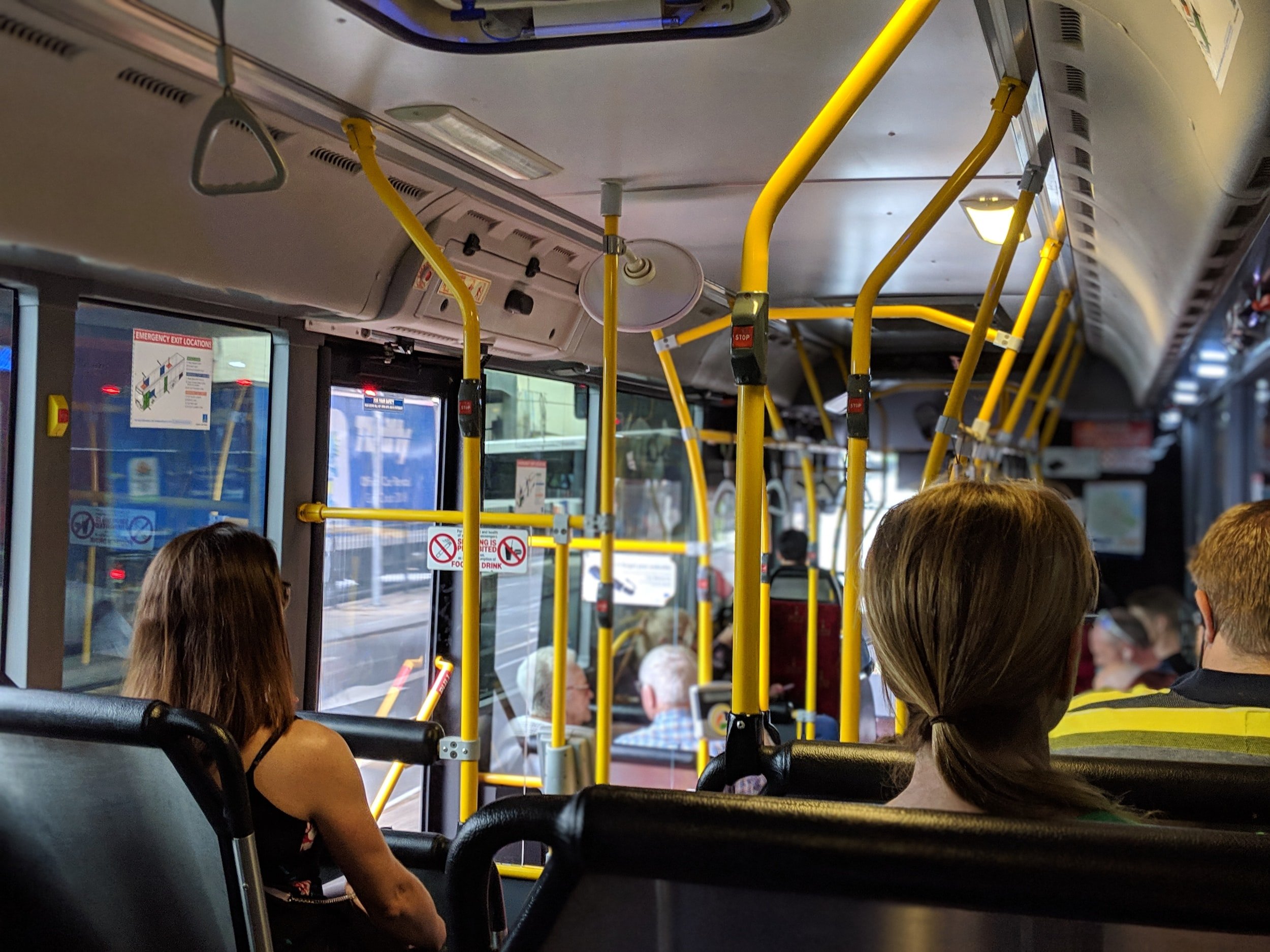Should Taxis And Private Hire Vehicles Be Considered Public Transport?
The past couple of years has seen the transport landscape change completely. Successive lockdowns, the rise of hybrid working, and high-street closures has led to a significant decline in public transport usage.
Government stats show that despite increases, public transport passenger numbers are still well below pre-Covid levels.
As of December 2022, passenger numbers for rail and bus stand at just 86% and 81% of those recorded in the same period pre-pandemic. Public perception of public transport has clearly taken a hit.
But the story is a little different for the taxi and private hire (PH) trade.
Increase in demand
Research from Taxi Butler found a 557% increase in demand in Q1 2022 compared to Q1 2021. The same research found that this wasn’t just a spike due to the ending of the pandemic. It found demand was 13% higher in 2022 than the equivalent period in 2019.
TaxiPoint recently reported that the majority of the British public (54%) have no intention on reducing how often they take trips by hire vehicle over the festive season.
These services are an essential part of the UK’s transport infrastructure. This was never clearer than during the pandemic.
Local Transport Heroes
Throughout the pandemic, taxi and PH drivers were a vital part of local transport networks. Transporting key workers and vulnerable people while public transport services were non-existent.
Many drivers and operators also ran voluntary services delivering medical supplies and groceries to individuals who were self-isolating.
The government recently reiterated that local authorities need to consider taxi and PH services as part of their local transport planning. But are taxis and PH services classed as public transport?
What is public transport?
There is no universal definition of public transport. In the broadest sense, public transport meets the following characteristics:
Managed on a schedule/fixed timetable
Operated on established routes
Charge a posted fee for each trip
Taxis and PH services clearly don’t meet these criteria, but does that mean they aren’t a form of public transport?
Taxis and PH as public transport
The International Road Transport Union have lobbied for years for taxis and PH services to be classed as public transport. They argue that although they are private vehicles for the duration of a booking, they are integral to multimodal public transport chains.
No other form of public transport can completely fulfill everyone’s transport needs. This lack of flexibility is why many opt to use a private car as their main form of transport.
Incorporating taxis and PH into local transport planning can ensure traditional public transport can meet the wide-ranging needs of the public. It can also help local authorities meet climate targets.
As cities re-evaluate their relationship with cars, taxis and PH services as public transport can actually be a big part of the solution.
Aside from this, for many individuals, taxis and PH services are the only publicly accessible form of transport available to them. This is particularly true in rural areas or for people with disabilities.
It’s clear that there is still great demand for taxi and PH services. After a disastrous couple of years for the industry, it looks like the industry is going to bounce back strong.


